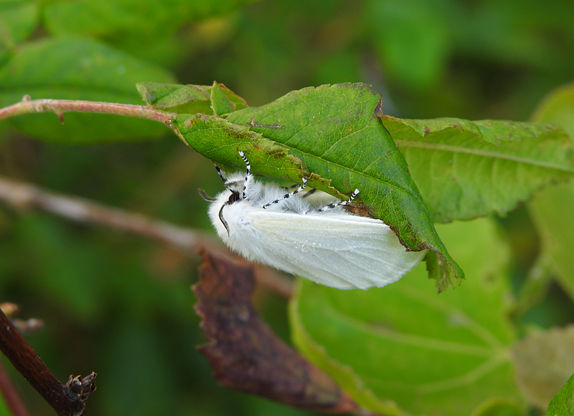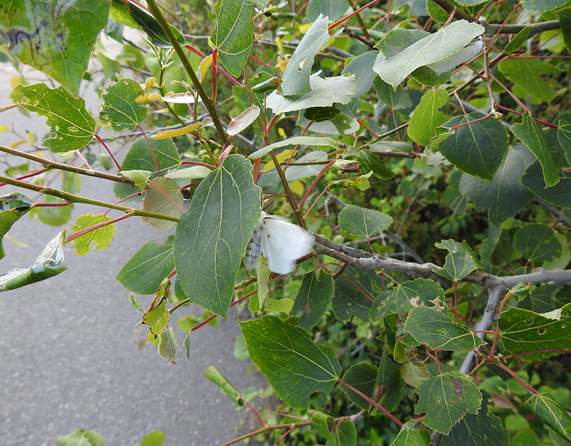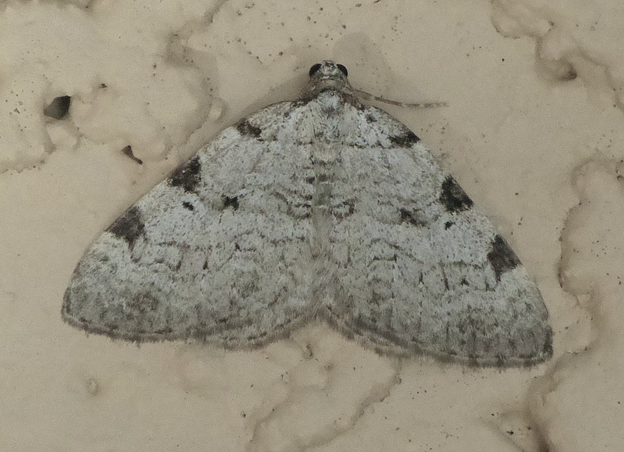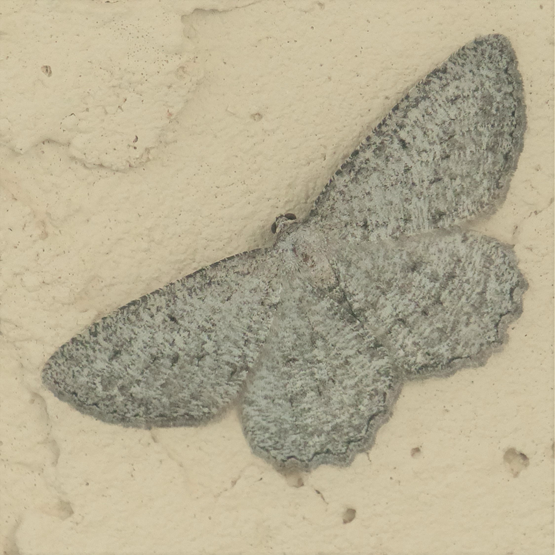June 19 morning
2020 June 19 morning
There do seem to be at least a few swallowtails in our area, but they, and other butterflies, are evidently very scarce this year. There are probably many combinations of causes for this. We often blame the spraying of Btk for the mythical Gypsy Moth for this. This is doubtless part of the problem, for the Btk is not specific to Gypsy Moth but is fatal to any leaf-eating caterpillar. But this is not the only cause. We have had a succession of wet springs, especially this year’s, when it has been cold and wet at the very time that many butterfly species would lay eggs. And there is the constant and growing problem of habitat loss. Doubtless viewers can think of many other reasons for the decline in butterfly numbers.
Here are some thoughts from Jochen Möhr. He is referring to the sparse sightings he described in yesterday’s posting:
I am intrigued by the extent to which these sightings confirm the observations of Josef Reichholf: The disappearance of butterflies is most dramatic in meadows and agricultural areas. In Germany the abundance is now down to 4 % of what it was in the seventies (and I remember very well that in the seventies it was only a shadow of what it had been in the forties and fifties).
Reichholf blames agricultural overfertilization for this decline, because it creates dense tall vegetation, which causes a hostile microclimate and inhospitable habitat in the meadows, which close to the ground are too wet and too cool for the support of insects.
I am also excited about what he recommends as a remedy: One hectare of “Butterfly meadow” (“Schmetterlingswiese”) per thousand inhabitants in rural communities. I have not found out all the detail of what he recommends as “Schmetterlingswiese” but I get the impression that it is along the lines of what Chris and I are doing here at our place. And the regular presence of a variety of day flying and night active lepidoptera, as well as the presence of scores of bumble bees, honey bees, etc., on our flowering shrubs seem to suggest that we are on the right way.
Jody Wells sends photographs of a White Satin Moth from Cattle Point. The caterpillars feed on various Populus and Salix, but the species is typically often associated with Aspen, as in one of Jody’s photographs.


White Satin Moth Leucoma salicis (Lep.: Erebidae – Lymantriinae) Jody Wells


White Satin Moth Leucoma salicis (Lep.: Erebidae – Lymantriinae) Jody Wells
Jochen Möhr’s moths from Metchosin this morning:
1 Hesperumia latipennis
1 Lophocampa maculata
1 Perizoma costiguttata
4 Tyria jacobaeae


Perizoma costiguttata (Lep.: Geometridae) Jochen Möhr


Hesperumia latipennis (Lep.: Geometridae) Jochen Möhr
